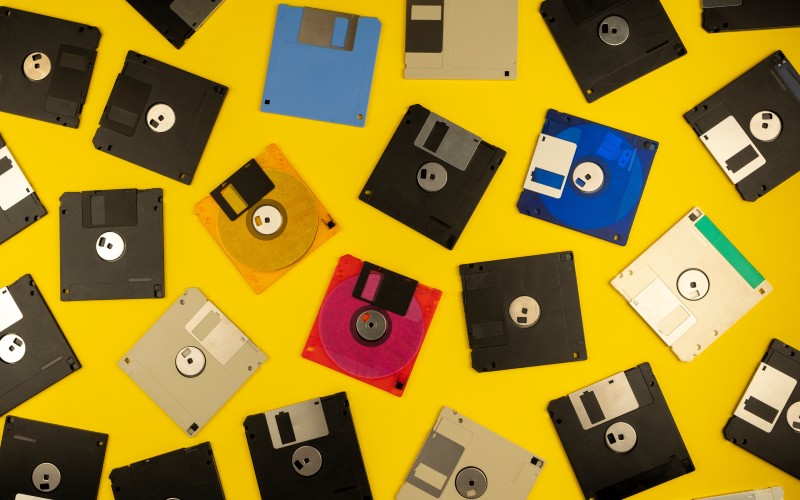If you’re like many of the companies who are stuck in traditional file storage mode, chances are that this system is frustrating, but it doesn’t have to be that way. Digital Asset Management (DAM) software can reduce the workload.
Introduction to Traditional File Storage
Traditional file storage is like the software equivalent of a filing cabinet. It saves your files and folders on your computer or a network drive. When it’s time to share or send documents, you attach the files to an email or save them to a shared network drive — which can lead to frustrations with altered versions.
Introduction to Digital Asset Management (DAM) Software
Digital asset management (DAM) software is a technological solution that facilitates the digital assets management process from file creation to submission. But the process doesn’t end with storing data. With the Hyland Digital Asset Management (DAM) software solution, you can also manage metadata, versioning, and deliver assets.
Key Differences Between DAM Software and Traditional File Storage
1. Scope of Management
DAM software manages digital assets from creation to distribution and archiving. It is not just about storing files but about using them effectively. File storage software is primarily for storing files but does not include advanced features for effective management.
2. Organization and Metadata
DAM software allows digital assets to be organized using metadata. This makes it possible for end-users to search for the file with the click of a button. Whereas, file storage uses a flat organization structure that can take time to locate.
3. Workflow and Collaboration
DAM software provides various tools like annotation, comments, approvals, and sharing for smooth collaborative workflows. In contrast, traditional file storage will either be less conducive to collaboration or not play nice with version control.
4. Integration and Scalability
DAM software integrates with content management systems, marketing automation software, and creative tools without any drop in performance. However, this is not the case for traditional file storage. If the volume suddenly starts to increase, it will dramatically reduce search speed and upload.
Benefits of Using DAM Software Over Traditional File Storage
1. Improved Efficiency
DAM software helps you manage your assets more efficiently, saving time and boosting productivity. Empower your team to do what they do best without anything in their way.
2. Enhanced Collaboration
Improved team and stakeholder collaboration leads to better decision-making and higher-quality content. Everyone has the most recent version of files and approval processes become easier to manage.
3. Consistent Branding and Compliance
Brand integrity is intact with DAM software by keeping approved assets available and maintaining rights and permissions. Ensure you maintain your brand and uphold all legal or design requirements.
4. Cost Savings and ROI
Money talks, and when loops have been closed, backups have been removed and assets are available and in use, a return on investment is insurmountable. Trust me, It is a great investment.
If you look at the comparison between Digital Asset Management (DAM) software vs. traditional file storage, the winner is clearly DAM software. Solutions that hold comprehensive abilities, enhance efficiencies, and encourage teamwork like DAM software benefit any business working with a high volume of digital assets.
For the innovative solution your business needs, ask about Hyland’s Digital Asset Management software solution. It just may be the solution your business is looking for.


